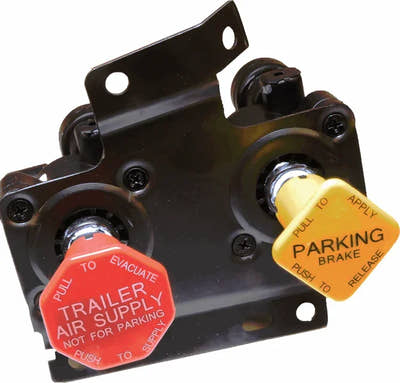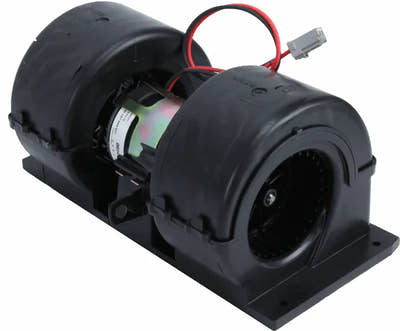
How to Replace the Clutch Servo of a Peterbilt
As time passes, things begin to feel different than they used to, and a great example is your Peterbilt’s clutch servo. It’ll feel stiffer and you will find it more difficult to change gears, and this is not just an inconvenience, it can lead to more expensive repairs or even major safety issues. Nobody wants that. If your clutch doesn’t feel like it used to, make sure you change the servo in time, and if you don’t want to pay precious hundreds of dollars, pay attention to the information below. Let’s get started!
Tools and Parts You’ll Need:
- New clutch servo
- Socket set
- Torque wrench
- Line wrenches
- Screwdrivers
- Brake fluid (if applicable)
1. Ensure Safety First
Before you begin any work, make sure your truck is parked on level ground and the parking brake is fully engaged. We don’t want any accidents to happen. Disconnecting the battery will help to prevent any accidental power surge.
2. Locate the Clutch Servo
In Peterbilt trucks, the clutch servo is typically located along the firewall, near the clutch master cylinder. Trace the clutch pedal linkage to find it.
3. Disconnect Hydraulic Lines
Using a line wrench, you will carefully disconnect the hydraulic lines running to and from the clutch servo and be ready to catch any brake fluid that may spill out. Also, make sure you plug the lines to prevent dirt or debris from entering.
4. Remove Mounting Bolts
Use a socket wrench to remove the mounting bolts that secure the clutch servo to the truck. Typically, there are three to four bolts depending on your model.
5. Install the New Clutch Servo
Position the new clutch servo in place and bolt it down using the same bolts you removed. Be sure to torque the bolts to the manufacturer’s specifications.
6. Reconnect Hydraulic Lines
Reconnect the hydraulic lines, ensuring they are tightened securely to avoid leaks, and if necessary, replace any old or worn-out fittings.
7. Bleed the Hydraulic System
After installation, bleed the hydraulic system to remove any air bubbles. This step is crucial for the proper operation of the new servo. You may have someone to pump the clutch pedal while you open and close the bleed valve.
8. Test the Clutch Pedal
Once everything is connected and bled, reconnect the battery. Test the clutch pedal for smooth operation and proper engagement, and if the pedal feels stiff or unresponsive, recheck the hydraulic connections for leaks and ensure the system is properly bled.
Conclusion
It may seem a bit difficult before you get started, but in the end, you’ll realize that changing the clutch servo is not that huge of a deal and another thing that we can’t stress enough is how important it is to double-check every step you take. The clutch is one part of the truck you never want to have break down on you while on the road, and let’s not forget about the holy grail of money-conscious trucking - preventative maintenance. Do your periodic checks and you’ll see how much cash it saves you in the long run. Until then, keep hauling!






























